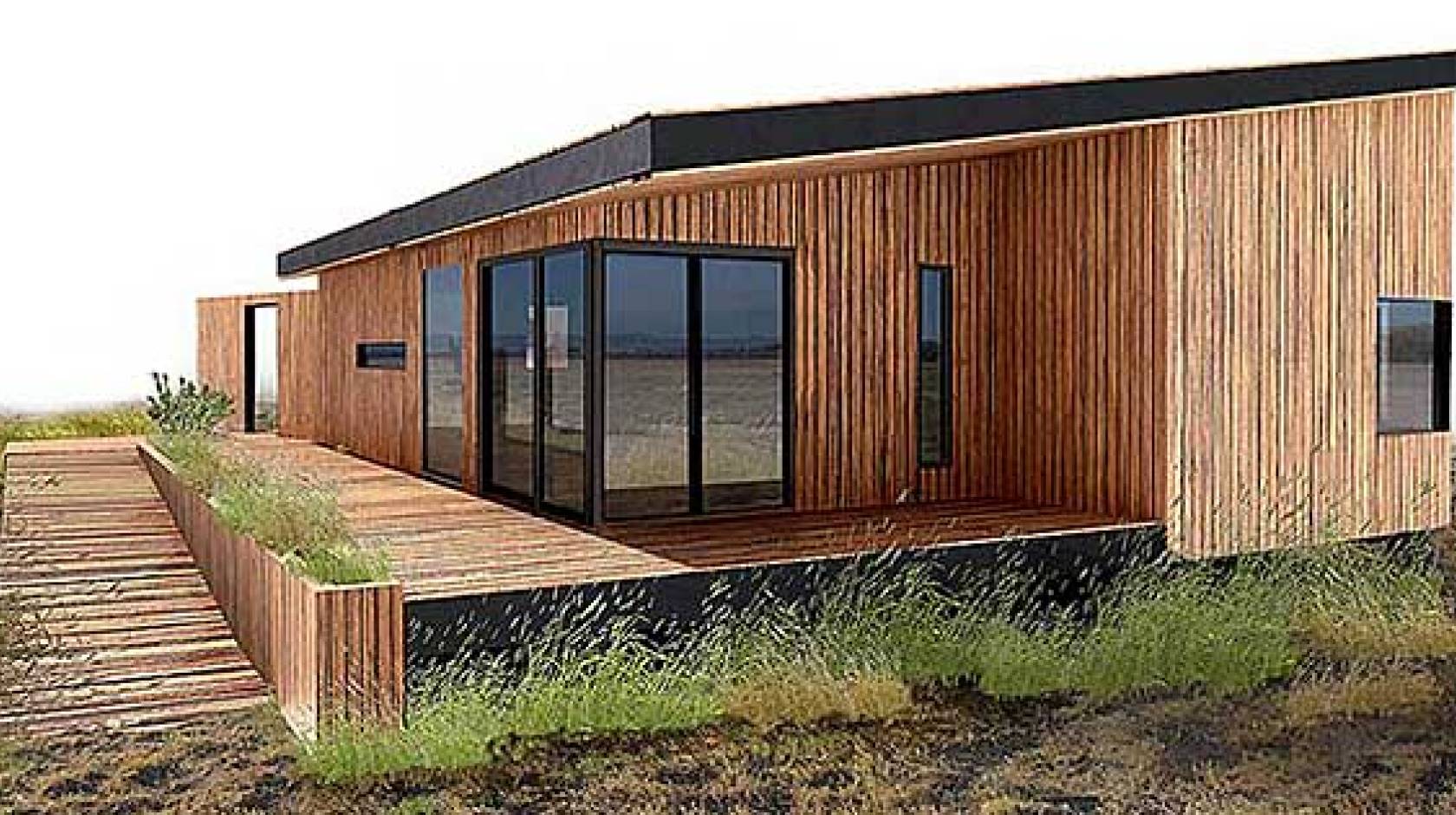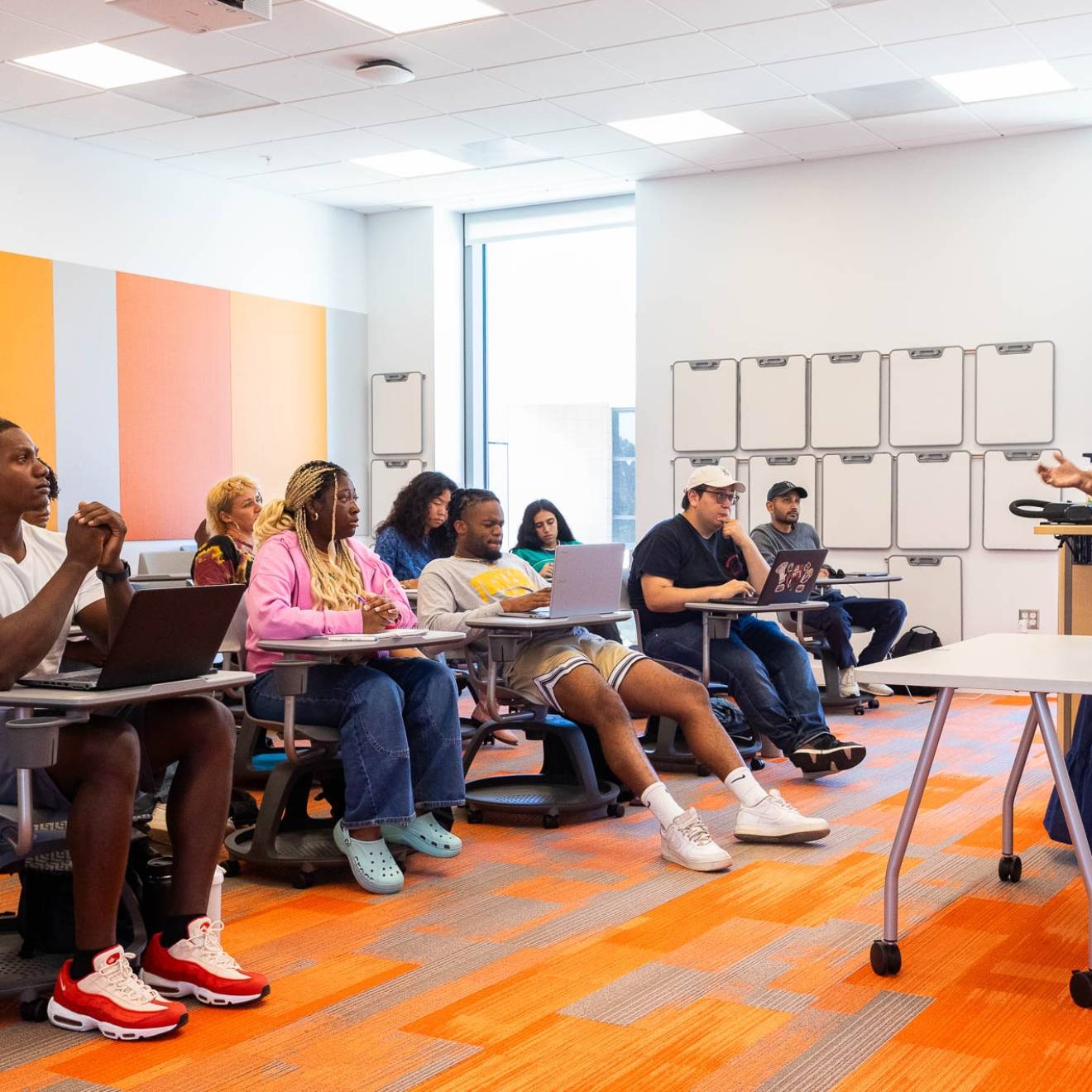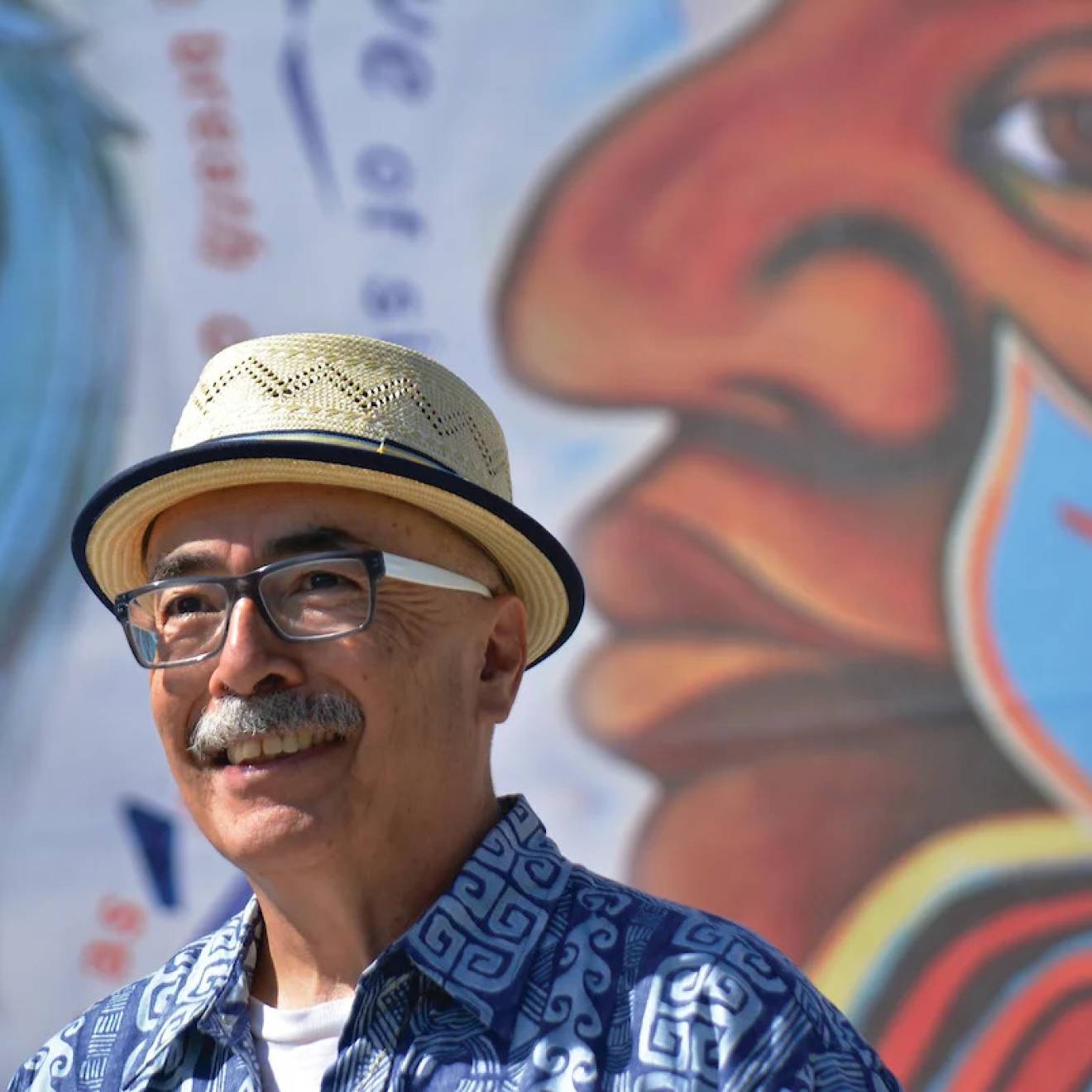Kat Kerlin, UC Davis

When a team of UC Davis students packs up its house and travels to Irvine next year for the U.S. Department of Energy’s 2015 Solar Decathlon competition, its members will bring not only a desire to win, but also to make zero-net-energy homes more affordable.
After submitting an entry for the first time, UC Davis was one of 20 universities selected in February to compete in the Solar Decathlon. The competition draws students and scientists from universities across the nation — from Yale and Vanderbilt to CalPoly and Sacramento State — to design and build solar-powered homes that are energy efficient and attractive.
Meeting a competition milestone, UC Davis’ team, Aggie Sol, submitted 80 percent-complete design documents to the department on Oct. 9. The UC Davis project is designed to be a marketable, sustainable house for farmworkers and other low-income communities. Complete plans for the home are due in January, when construction will begin at UC Davis. In October 2015, the home will be disassembled, packed in pieces and transported to the competition site in Irvine.
“I really want to see solar homes everywhere,” said Aggie Sol team member Payman Alemi, a civil and environmental engineering major. “I want every house to be solar powered, and I want every car to be electric. I want everything to be sustainable, and I think that developing a mass marketable house is a big stepping stone.”
Connecting a campus
In addition to addressing a social and environmental problem, the project also provides unique educational opportunities for undergraduate and graduate students.
It connects students in the fields of engineering, architecture, design, communication and development. They’ve drawn on the expertise and support of faculty in the colleges of Letters and Sciences, Engineering, and Agricultural and Environmental Sciences. They’ve also tapped the experience of several energy centers on campus — most located at West Village — including the Institute of Transportation Studies, Energy Efficiency Center, Plug-In Hybrid and Electric Vehicle Research Center, and Center for Water Energy Efficiency.
“I heard about what we were going to do about ZNE housing for low-income families, and that really struck a chord with me, being from a low-income neighborhood,” said team member Alejandro Perez, a civil and environmental engineering major. “I really want to make my own house energy efficient, but it’s really costly, and it’s not really practical where I’m from. Just being part of that effort to make it more affordable really inspired me to be part of the team.”
And while team Aggie Sol is made of about 20 students, an estimated 200 to 500 students from various disciplines will study the project in the coming months, including students from UC Davis Extension, the continuing education division of UC Davis.
The project students are also working with the UC Davis Graduate School of Management and the Division of Social Sciences to create a business plan for the home.
“We want to use this as a way to showcase the ability for zero net energy to be affordable and to do it with a business model in place to implement change in California,” said faculty adviser Frank Loge, a professor of civil and environmental engineering. “If we don’t win the competition and still market it, some of us will feel like this has been a very successful effort.”
Nothing but net
UC Davis has proven itself a national leader in zero-net-energy design. In 2011, it opened West Village, a public-private partnership with West Village Community Partnership LLC and the nation’s largest planned zero-net-energy community. This past spring, it debuted the Honda Smart Home, which produces enough renewable energy to power both the home and a Honda Fit electric vehicle in its garage.
Private builders and homeowners worldwide have also taken on the challenge of creating homes that produce as much energy as they consume, and the California Public Utilities Commission has a goal for all new residential homes to be zero net energy by 2020. Yet such residences still tend to fall on the upper financial spectrum of the real estate market.
“As part of our effort at UC Davis, we want to make zero-net-energy housing affordable for everyone,” Loge said. “We’re trying to drive down the price point of zero-net-energy housing to help the housing market understand that you can have affordable, nice homes that are zero net energy.”
Big cut in price
Price estimates for most homes that compete in the Decathlon range from $300 to $350 per square foot. Team Aggie Sol intends to cut that price by more than half, to $70 to $150 per square foot.
One way they’re doing that is by creating a relatively simple, modular design using prefabricated materials. The Aggie Sol design also addresses the health and living concerns associated with farmworkers’ current housing conditions, such as poor air quality, crowding and lack of shade.
The home combines public and private spaces in three linear zones: Two climate-controlled living spaces are separated by an enclosed deck. The zones act as climate buffers that maximize passive cooling in summer and passive heating in winter. It will also feature “smart home” technology that aligns the home's needs with the electrical grid, communicating with the resident and power provider to manage energy systems more effectively.
The team plans to begin building the house in January on the UC Davis campus but has not yet chosen a location. Loge said they intend for the home to be built in a public place.
The Department of Energy provided a $50,000 grant to Aggie Sol, while the team is attempting to raise at least another $700,000 for training, travel, equipment, uniforms and team-building costs.

